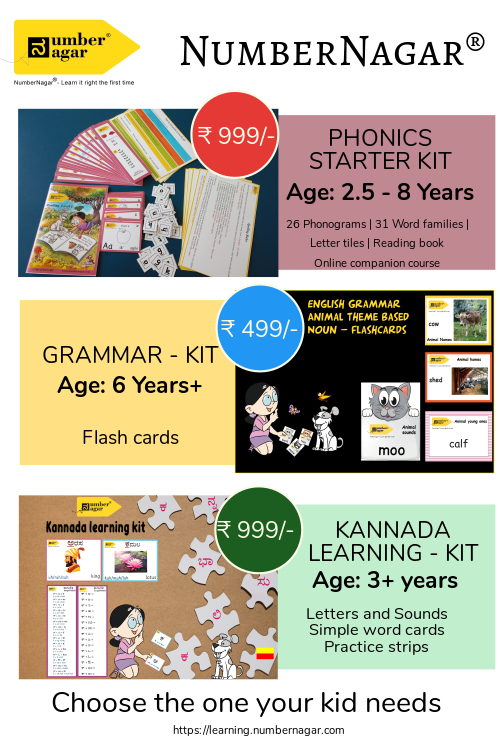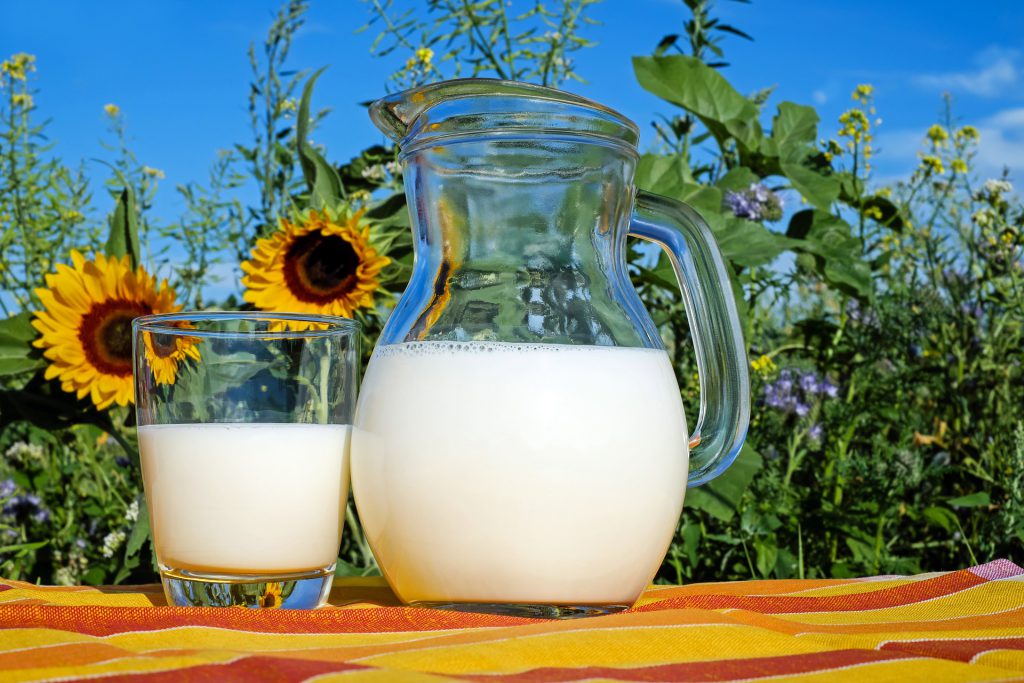Kitchen is a Science lab
My husband is very fond of experimenting, especially conducting experiments in the kitchen. A few days ago, while I was away from home, he got the idea to set home-made ‘curd’ (yogurt, ಮೊಸರು, दही). When I returned home in the evening, I saw a vessel of milk on the kitchen counter and promptly put it in the fridge.
He later told me that he had set up the milk to make curd and I should put the vessel back on the kitchen counter. I asked him what culture he had used, and he said he used tamarind juice because he could not find any lemons. What followed was a lively debate on how tamarind juice will ‘curdle’ the milk and not make ‘curd’. For some reason, he believed that using lemon or a similar acidic substance would make ‘curd’.
Chemistry of ‘curdling’ and making ‘curd’
During the discussion, I explained to him what happens to milk in the two instances. I thought later that this explanation might be useful to others as well, and here it is – an ode to experiments in the kitchen.
Milk
Milk is a colloidal suspension of proteins (mainly casein), carbohydrates (mainly lactose), and lipids in water. More than 80% of milk is water and the rest of the molecules make a colloid. The natural pH of milk is between 6 and 7, close to neutral pH. It remains in its natural state in this pH range.
Curdling
When lemon juice, tamarind juice, or any other additive is introduced which reduces the pH and makes the milk acidic, curdling happens. Curdling is a coagulation process where the 3D structure of the protein molecules is broken down and the protein molecules clump up together. The thick white ‘curd’ is the milk protein – casein. This separated casein is further processed to make paneer and all types of cheese.
The main chemical involved in ‘curdling’ and cheese making is the protein – casein.
Making ‘curd’
Making curd involves the chemical reaction of fermentation where lactobacillus bacteria catalyze the conversion of lactose to lactic acid.

The main chemical involved in making of ‘curd’ is the carbohydrate – lactose.
While both processes start with milk, the chemical reactions are different. The knowledge of molecular chemistry is not necessary for making curd, paneer, or any other cooking activity. Our mothers and grandmothers (champions of the home kitchen) prove this to us daily. Their expertise stems from life-long experience. However, knowing Science adds to the beauty of learning for the scientifically inclined – like my husband and me.
As parents and teachers, let us encourage and nurture curiosity in ourselves and our children. What better way than to start with experiments in the kitchen! Do share your thoughts and discoveries.
Note: Only in India, the word ‘curd’ is used commonly to mean yogurt, ಮೊಸರು, दही. In all other parts of the world, curd means the protein clumps of curdled milk.
You may want to check other articles related to Science in the kitchen here and here.
Until next time, continue to stay curious!
*************************************************************************************************************
You can find other articles related to Science, Maths, and Education on our blog.
*************************************************************************************************************

We have exciting new arrivals in the NumberNagar® store. Have you explored them yet? Please check it out and gift the joy of learning to someone in your life. The learning kits are a great gifting option for children.
Featured image credits: Couleur from Pixabay
Dr. Soumya Sreehari
Latest posts by Dr. Soumya Sreehari (see all)
- To drink water or not to drink – that is the question - 11 June 2021
- Puzzles for fun and learning - 28 May 2021
- A questioning mind is a thinking mind - 14 May 2021
- Play and learn having fun with words - 7 May 2021
- 4 lessons to learn from the Montessori method - 30 April 2021

